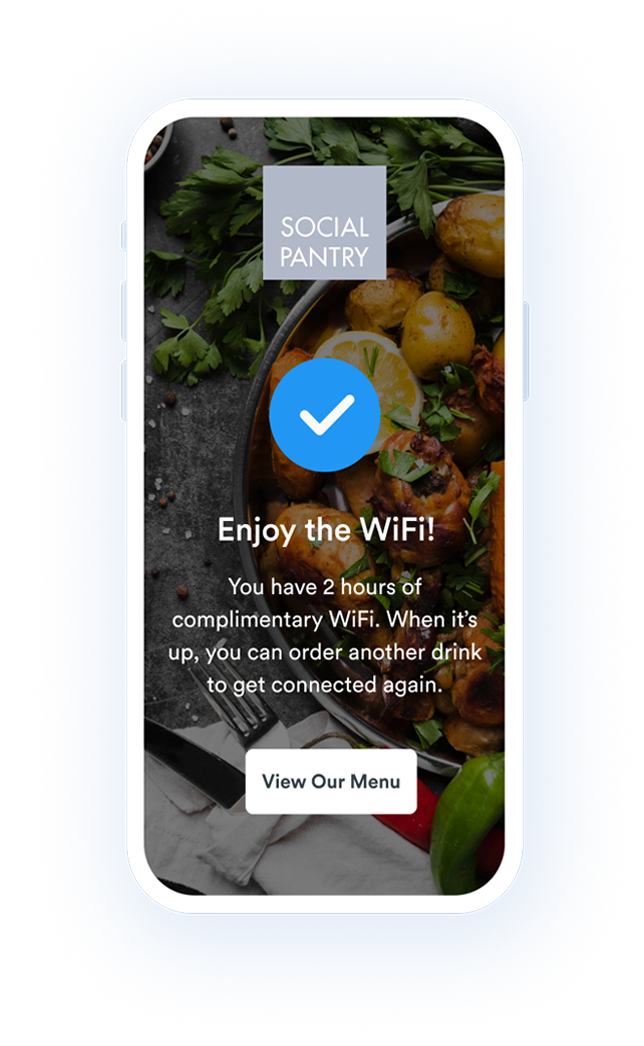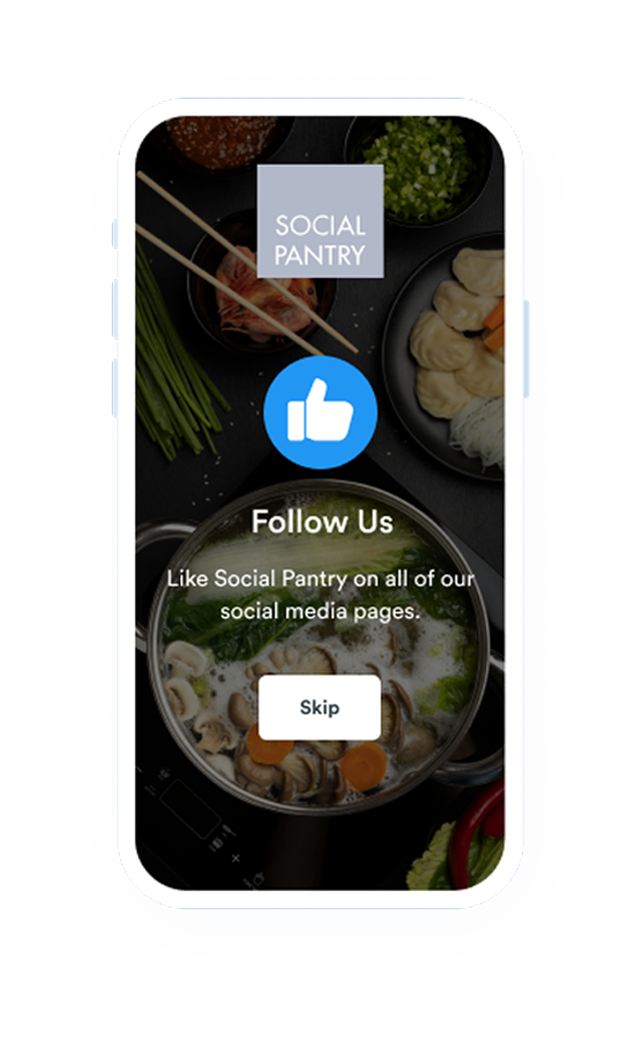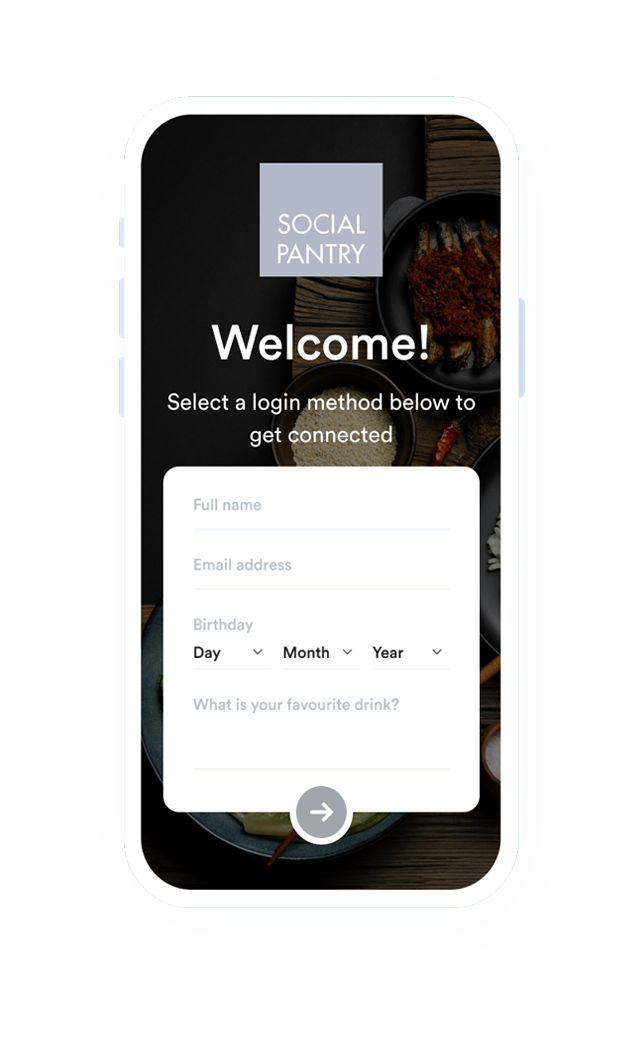Promote brand loyalty, increase revenue, and build relationships with every patron who visits your business with Beambox’s WiFi marketing software. Turn your store’s guest WiFi into an asset that collects valuable information about your customers and improves your advertisements.
When you sign up for Beambox, you get premium guest WiFi marketing features including:
Make a strong first impression and welcome customers with a branded login page when they connect to your guest WiFi. Our WiFi-based marketing features let you customize every element easily. Change images, videos, colors, and text to ensure the page you create follows your branding guidelines.
Our WiFi marketing tool offers multiple login options, making signing in to your network fast and convenient. Customers can use their phone numbers, social media profiles like Facebook, and email instead of your network’s login credentials. Enabling additional login options keeps your network safe and harder to hack.
Learn about your customers by capturing real-time demographic data, including shopping preferences and online habits, with our WiFi-based marketing software. View your customers’ data on our intuitive dashboard and get insights to streamline your marketing strategies and personalize customer interactions.
Build your online presence and reputation by asking customers for online reviews with our WiFi online marketing service. Automatically publish four and 5-star reviews on popular review sites and manage the feedback you receive from our dashboard.
Our WiFi marketing automation directs low ratings to your internal feedback form. This gives you time to address issues internally and prevent customers from leaving bad reviews.
Use the collected data to target the right audience, improve email and SMS marketing ads, and increase conversions and sales. With our WiFi-based marketing system, you can watch your sales figures grow by sending personalized messages with high conversion rates.
Want to make the most of your store’s network? Contact us to learn more about our guest WiFi marketing pricing.
This is how simple it is to turn your network into a revenue stream with our WiFi hotspot marketing service.
1
Connect to Beambox
Use your router to connect to Beambox’s guest WiFi marketing system.

2
Personalize the WiFi Login Page
Customize the login page with your branding and select how users can sign in to your network. Our marketing WiFi software provides endless customization options.

3
Capture Invaluable Customer Data
Let guests know about your free WiFi when they walk into your store. Once they access your network, track your customers and collect useful data and customer insights with our guest WiFi marketing solutions.

Here is what you can expect from investing in our guest WiFi marketing platform:
Use the data you collect via analytics to send personalized messages that make your customers feel appreciated and valued.
Customers will visit your business and stay longer if you offer free guest WiFi. Our WiFi marketing services can increase in-store sales, especially when you send timely offers and hard-to-ignore discounts.
Promote your social media accounts and content with our WiFi digital marketing services and direct customers to these platforms. The more people visit your social media profiles, the more visibility and engagement you’ll receive.
Every time patrons visit your store and connect to your network, they’ll automatically become a part of your marketing list. Use this list from our intelligent WiFi marketing hotspot services for your promotional campaigns and increase conversions.
The key to unlocking valuable guest behavior data is inside one little box. Your free trial includes your first Beambox Plug & Play. Just plug it into your existing router, and you're good to go. Now you're ready to easily collect guest data for SMART Marketing.

"Beambox is a highly intuitive system, cleverly designed to provide secure guest WiFi whilst providing us as a business with innovative tools to reach and reward our customers and grow loyalty"

"Beambox is full of useful features to keep customers engaged. It's user-friendly and allows you to have a good understanding of your customers. The live support is super fast and the platform just keeps improving. Really worth it!"

"We started using Beambox to grow our online reviews. Instead, it has become a one stop shop for all of our marketing needs. Our return rate is up by 37% after 10 months and we can't imagine life without it!"